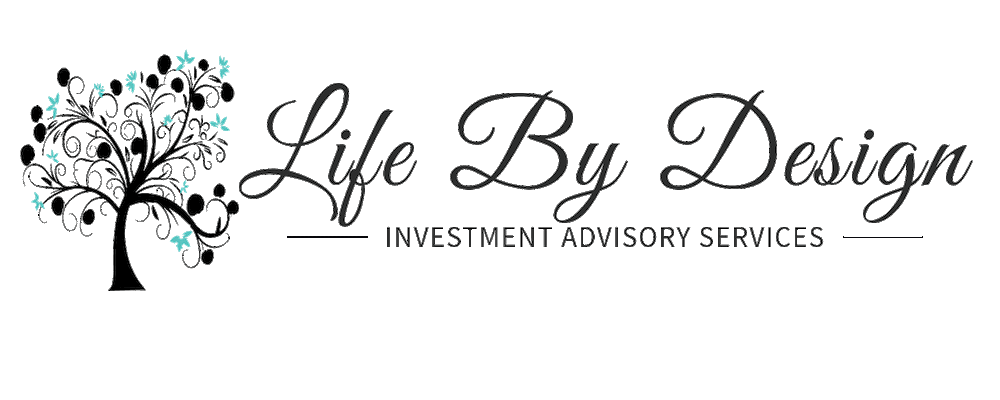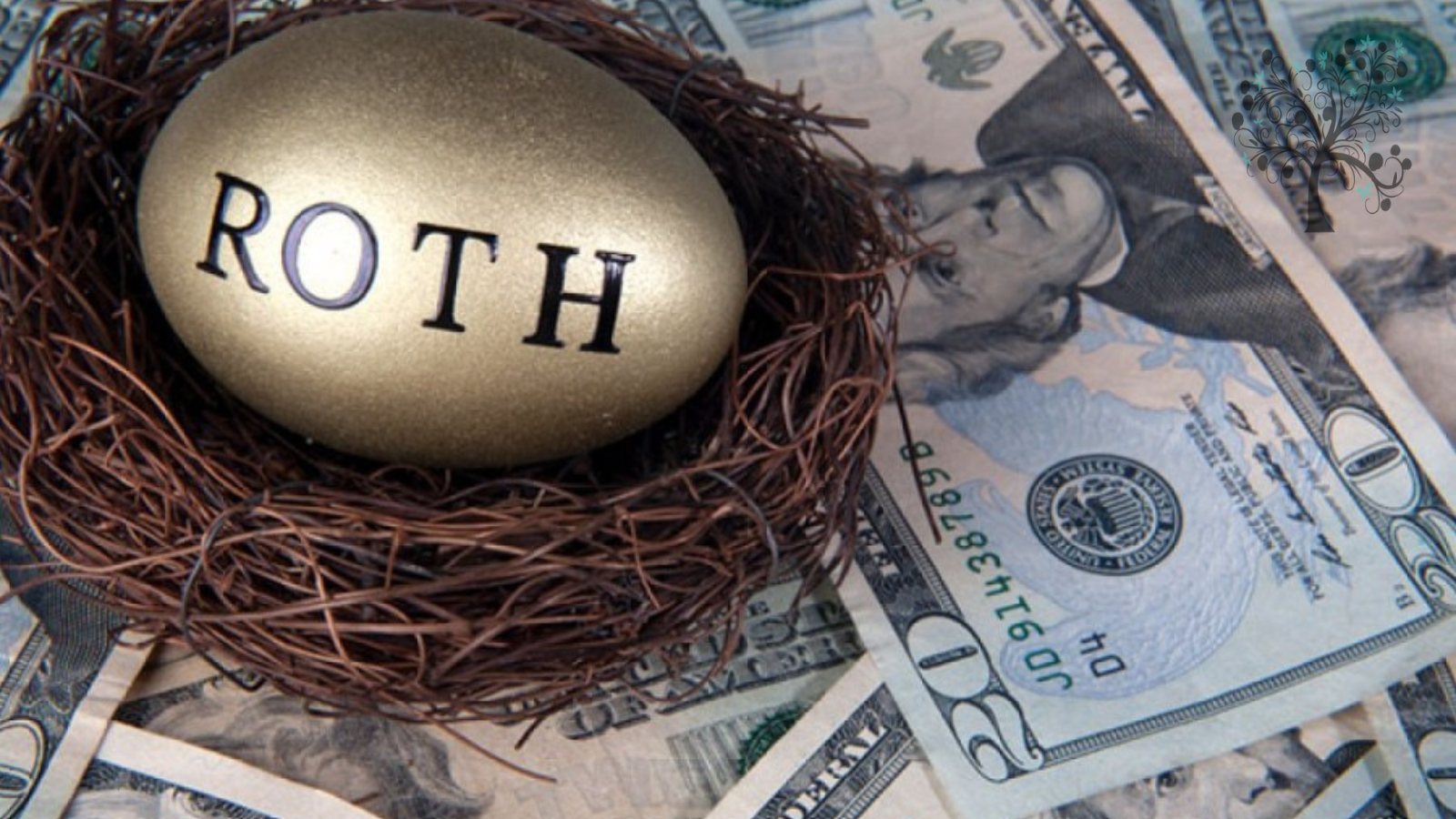The Life By Design you are currently living or actively pursuing is one that you’ve predefined. You made choices about what you want your days to look like, where you want to live, and what you want to do on the weekends. Some of the choices you’ve made are big (relocating to another state, getting a timeshare, etc.) and others are small (what does your coffee/tea habit consist of- daily Starbucks? French press at home?). Chances are you weigh these decisions carefully and make them with a bigger goal in mind. But how long-term are your long-term goals? Now is a great time to revisit your goals and decide if they follow you through to your next act- your Retirement Life By Design.
Many of us are used to planning for the bigger and the better with that being the end of the goal. Most individual’s spend their careers aiming to maximize gains while delegating slowing down and enjoying to the period known as retirement. Though this is historically the common way of doing things, it does not need to hold true for you and your individual Retirement Life By Design if it doesn’t make sense for you. Whether or not you’re at this stage in your retirement planning, these could be things to keep an open mind to as your journey unfolds…
Retirement Lifestyle Options
- A second career. After you have retired, it is possible to work part-time in a new career. Whether it’s working at your favorite beachside locale to meet new people and enjoy the view or finally dedicating more time to something you love while simultaneously benefitting from a paycheck, a second career may offer you possibilities you hadn’t previously considered.
- A partial change to your current career. Don’t wait for retirement to make a change, make it now. It is possible to change your job partially by switching to a position that is more sustainable for you for a longer period of time and won’t lead to burnout. A wonderful example is that of a surgeon (consider the physical demands of such a career) deciding to make the transition into becoming a professor in the field.
- A total change to your current career. Change your job entirely now, perhaps worker longer, but in a field you are passionate about and provides enrichment you would be happy to continue longer. A lifelong desk worker may realize that working to full retirement age (or beyond) isn’t the mentally exhausting task it would have been if they make the change to a career in personal training.
- A change of location. Many people make the decision to downsize their home after becoming empty-nesters and many others may decide to relocate in the name of property taxes. Whatever your motivation for a move it’s something to consider as you plan your retirement whether it’s down the street or on the other side of the globe. Consider the lifestyle itself a location might dictate and how it could affect your retirement age.
These options may open up a whole new path or possibilities to your Retirement Life By Design. Take your own personal situation into consideration along with your long-term aspirations and your full retirement age (see 2024 Important Numbers). Remembering also that retirees of today and tomorrow have ever longer life expectancies to account for when planning their Retirement Life By Design. It is impossible to plan for every aspect of your future, but thinking ahead, taking it at your speed and enjoying every step of the way is always a good place to start. Add to that a Protection Plan and flexibility of mind to find contentedness in what you have for a true Life By Design!
Life By Design Investment Advisory Services is a registered investment adviser. Information presented is for educational purposes only and does not intend to make an offer or solicitation for the sale or purchase of any specific securities, investments, or investment strategies. Investments involve risk and, unless otherwise stated, are not guaranteed. Be sure to first consult with a qualified financial adviser and/or tax professional before implementing any strategy discussed herein.











